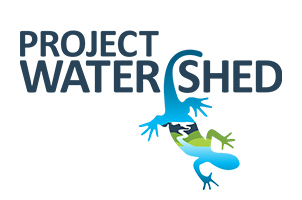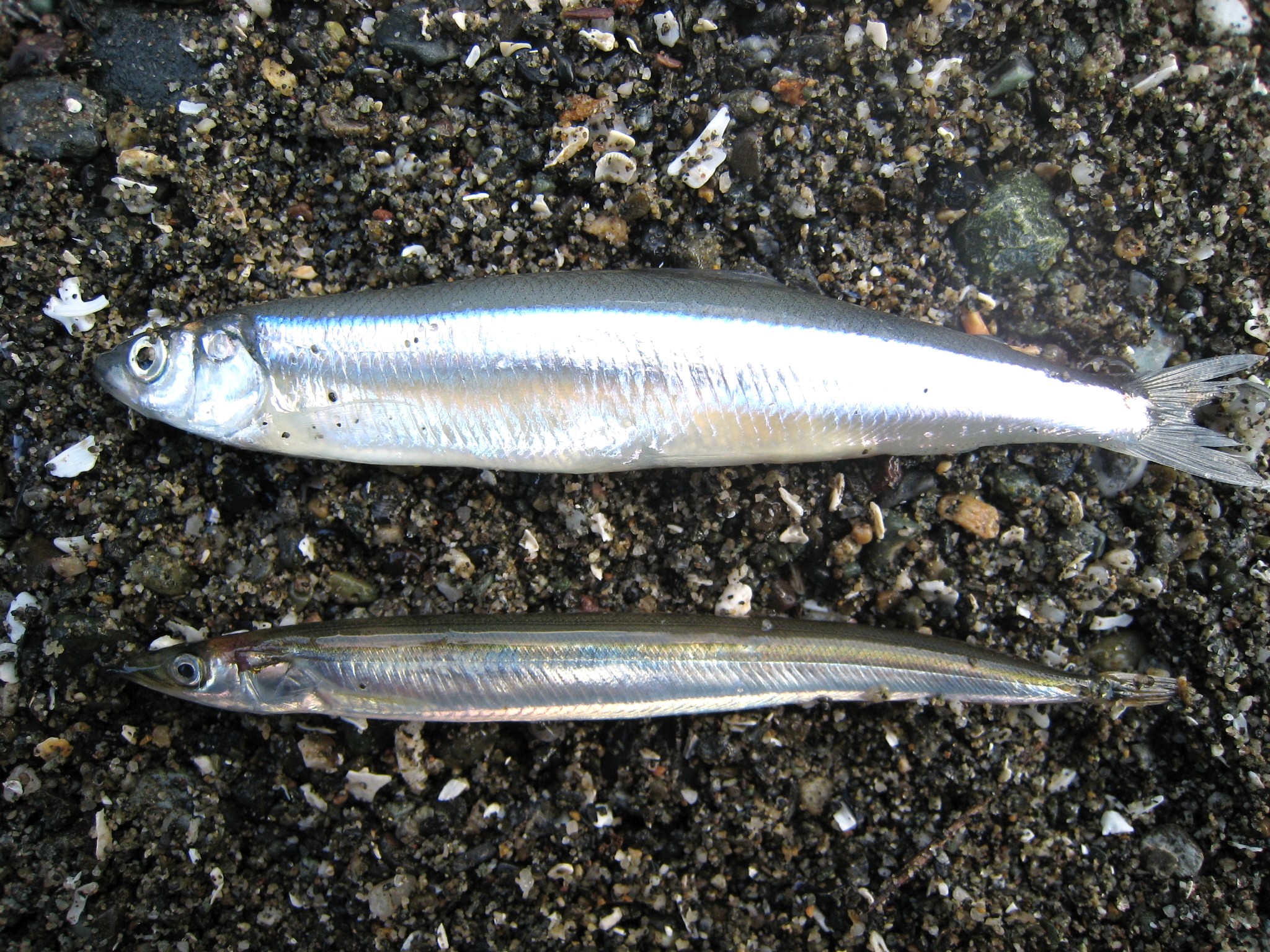Forage Fish Surveying Summary
This totals nearly 50 individual sampling events between November and January 2023. Many citizen scientists were out every two weeks, as well as for special blitz events. They sampled, sieved, vortexed, looked at sand under a microscope, and braved the elements, cooler temperatures, frozen sand and even snow between November and the end of 2022. This season marked the 4th season of winter forage fish sampling.
Here are some of the highlights we want to share with you:
- Mid-November – Mansons Landing, Cortes Island – 1000 + eggs!
- More eggs were found in December at blitz locations like Shark Spit and Smelt Bay, on Cortes Island.
- Coincidentally, 10 to 14 days later, eggs were found in Comox Valley at Air Force Beach and Goose Spit. This triggered our blitz season which started in the snow!
- We found eggs at Kye Bay on Dec 7. This date has produced eggs for the last three years!
- Hornby Island at Shingle Spit and Phipps Point, we found eggs. We also visited other areas of Hornby Island and sampled two new beaches.
- With our amazing volunteers, we were able to get out to sites like Ken Forde Beach/Boat Ramp, Williams Beach, and Saratoga Beach. Some of these sites have never been sampled before and others were last sampled in 2019.
- At the end of December we were challenged by weather and king tides.
- Students from North Island College have been involved in this project by participating in field work as part of their second year ecology course and have learned to identify the eggs under a microscope.
If this project inspires you, we are looking for volunteers for events on February 6th in Campbell River and February 7th in Comox Valley. You can sign up here. The specific times and meeting locations are emailed to those who sign up. After February we will be taking a little break and then back to once-a-month sampling in May through September.
If you have not done so already please remember to log your volunteer hours. We ask that all volunteers track their time spent on activities. This helps us leverage funds, report on our projects, and highlight those who go above and beyond!
Related Posts
Mallard Creek Restoration Update for 2024
Restoration work in Mallard Creek will continue this year, including invasive removal, restoring connectivity, and trial planting of a new riparian species. Volunteer events starting in September 2024.
Volunteer at Kus-kus-sum Chamber of Commerce Event
We are showing Kus-kus-sum off to businesses in the Valley through a Chamber Business to Business event. We are looking for a few volunteers to assist with this event.
Coastal Plant Monitoring
Get involved with our new vegetation community science monitoring program!
Spring Field Trips
Throughout May and June Project Watershed will be taking elementary school classes out on field trips to learn about estuary and coastal ecology and to assist with planting and plant maintenance.
Working Together to Identify Forage Fish Spawning Beaches
This year marks the 5th year of a partnership between Comox Valley Project Watershed Society and North Island College on a long-term study to examine intertidal spawning habitats of forage fish in the northern Salish Sea.
Glen Urquhart Update – Spring 2024
Latest news from Glen Urquhart restoration progress for spring 2024.



